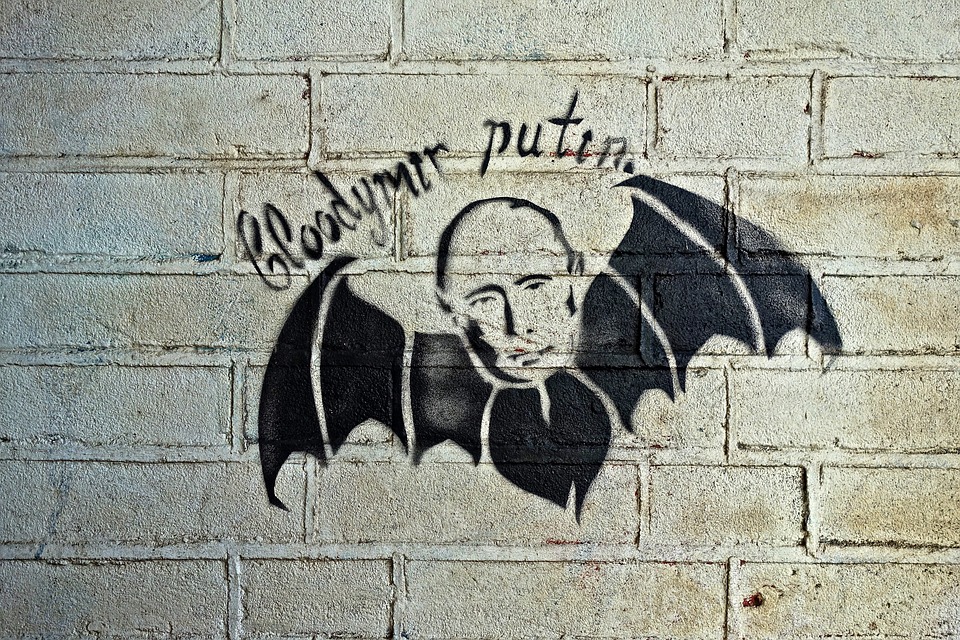Comedy has been a staple of cinema since its early days, providing audiences with the laughter they need to escape the mundane realities of life. From distinct genres like slapstick and satire, comedy movies have come a long way, going through a century of evolution in terms of storytelling and cinema technologies. A lot has changed over time, and yet some things remain delightfully consistent. Let’s take a look at how comedy movies have evolved over the past century.
The Silent Era
Before sound and talkies, the silent era of cinema was dominated by physical comedy and slapstick. Charlie Chaplin’s Tramp character is perhaps the best-known silent-era comedy icon, whose movies were a blend of physical comedy, melodrama, and social commentary. His standout movies like “City Lights” and “Modern Times” featured him performing slapstick gags and satirizing modern society with elegance and poignant finesse.
The Golden Age of Hollywood
With the introduction of sound in the late 1920s, comedy movies branched out into different sub-genres. Screwball comedy emerged as a favorite, with films often pairing a male and female lead in a witty, fast-paced, and intricate battle of sexes. Cary Grant and Katharine Hepburn’s “Bringing Up Baby” and “His Girl Friday” are two of the era’s most memorable examples.
The 1960s and 1970s
The 1960s saw a distinct turn towards satire and social commentary. While some comedies continued to use physical humor and slapstick, darker films like Stanley Kubrick’s “Dr. Strangelove” and Mike Nichols’ “The Graduate” used humor as a tool to provide sharp critiques of society’s norms and rules. Mel Brooks also peaked in this era with films like “The Producers” and “Blazing Saddles,” using his brand of silly and irreverent humor to poke fun at racism and cultural norms.
The 1980s and 1990s
The era of Reaganomics and consumerism saw a revival of slapstick comedies and an emphasis on blockbuster-style movies. “Ghostbusters” and “Back to the Future” became massive box-office successes, popularizing the trend of high-concept comedies anchored by a memorable visual gimmick. The 1990s also saw the rise of alternative comedy with movies like “Clerks” and “Dazed and Confused,” which rejected the traditional conventions of Hollywood comedies and embraced a more shaggy, anarchic style of humor.
The 2000s and Beyond
Comedy movies in the 2000s continue to be diverse in terms of styles and genres. Judd Apatow’s brand of romantic comedies like “The 40-Year-Old Virgin” and “Knocked Up” emphasized creating comedic moments from relatable and realistic character interactions. The influence of satirical sketch comedy shows like “Saturday Night Live” is evident in movies like “Bridesmaids,” which showcased an all-female lead cast. The 2010s have seen a rise in superhero parodies like “Deadpool” and “The Lego Batman Movie,” which used genre tropes, and self-aware humor to create something genuinely entertaining.
In Conclusion
Comedy movies have come a long way since the early days of slapstick comedy. From Charlie Chaplin’s Tramp in the silent era to the 21st-century superhero parodies, it’s been an exciting and transformative journey that reflects changes in society, storytelling techniques, and film technologies. What remains unchanged is the desire to make audiences laugh and provide a bit of escape from the stresses of everyday life.
